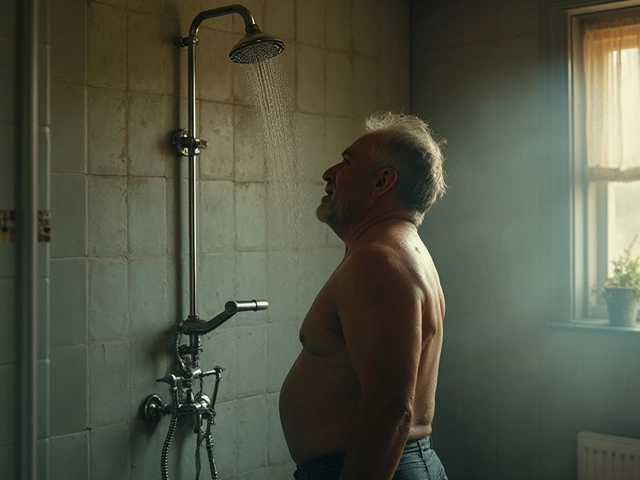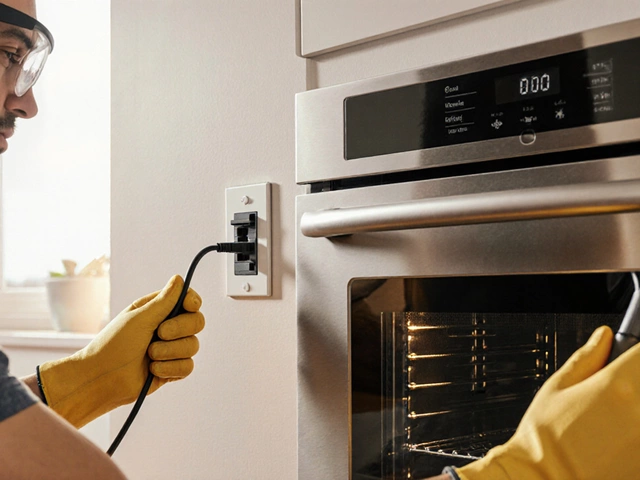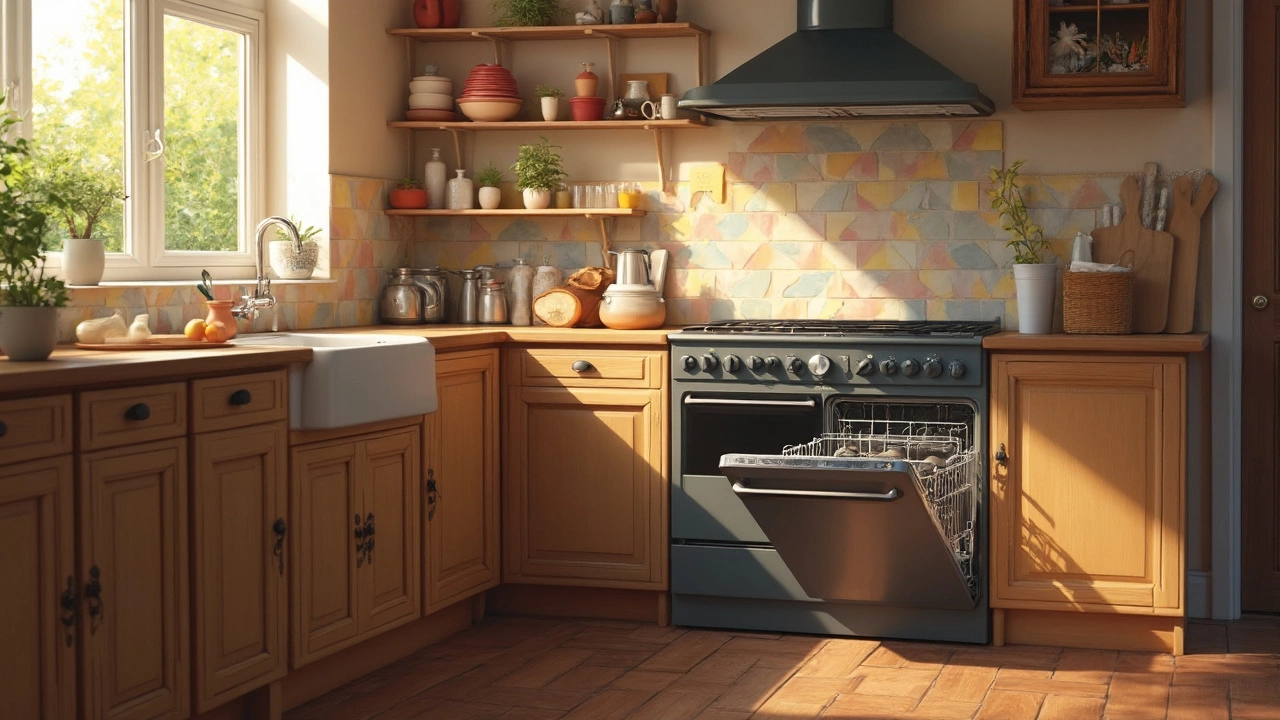Dishwasher Maintenance: Simple Steps to Keep It Running Like New
Got a dishwasher that leaves dishes spotty or piles up water at the bottom? Most problems are preventable with a few quick habits. Below you’ll find the core tasks you can do every month to keep the machine humming and avoid pricey calls.
Regular Cleaning Routine
The first thing most people skip is cleaning the filter. Open the lower rack, pull out the filter, rinse it under warm water and clear any food bits. A clogged filter blocks water flow, which is a common reason for standing water.
Next, wipe the door gasket with a damp cloth. That rubber seal can collect grime that leads to leaks. If you notice mildew, dab a little vinegar on a cloth and run a short hot cycle with a cup of white vinegar on the top rack.
Spray arms are the hidden workhorses. Remove them (most twist off), rinse out any debris, and use a toothpick to clear the tiny holes. Re‑attach them securely – loose arms spray unevenly and can leave food stuck.
Every few weeks, run a cleaning cycle. Put a dishwasher‑safe cleaner or a cup of baking soda on the bottom, run the hottest wash, then finish with a cup of vinegar on the top rack. This clears limescale and grease that build up over time.
Preventing Common Problems
Don’t overload the racks. When dishes block the spray arms, water can’t reach all surfaces, leading to residue and the dreaded “bottom filled with water” issue. Load larger items first, then fill the rest around them.
Use the right detergent. Too much powder creates excess suds that can flood the machine; too little leaves film. Follow the manufacturer’s recommendation and consider a low‑phosphate brand if you have hard water.
Check the drain hose periodically. Make sure it isn’t kinked or pinched behind the cabinet. A slow‑draining hose can cause water to pool at the bottom and trigger error codes.
If you hear a grinding noise, it could be a broken pump blade or a foreign object stuck in the waste disposal. Turn off the power, pull the bottom panel, and look for anything metallic that shouldn’t be there.
Finally, keep the exterior dry. Water seeping into the control panel can cause intermittent errors. Wipe spills right away and avoid stacking wet pots on top of the dishwasher.
Stick to these simple steps and you’ll extend your dishwasher’s life by years, save on detergent, and ditch those annoying leaks. When something still goes wrong, a quick glance at the filter, spray arms, and hose often points to the culprit, saving you a call‑out fee. Happy cleaning!






